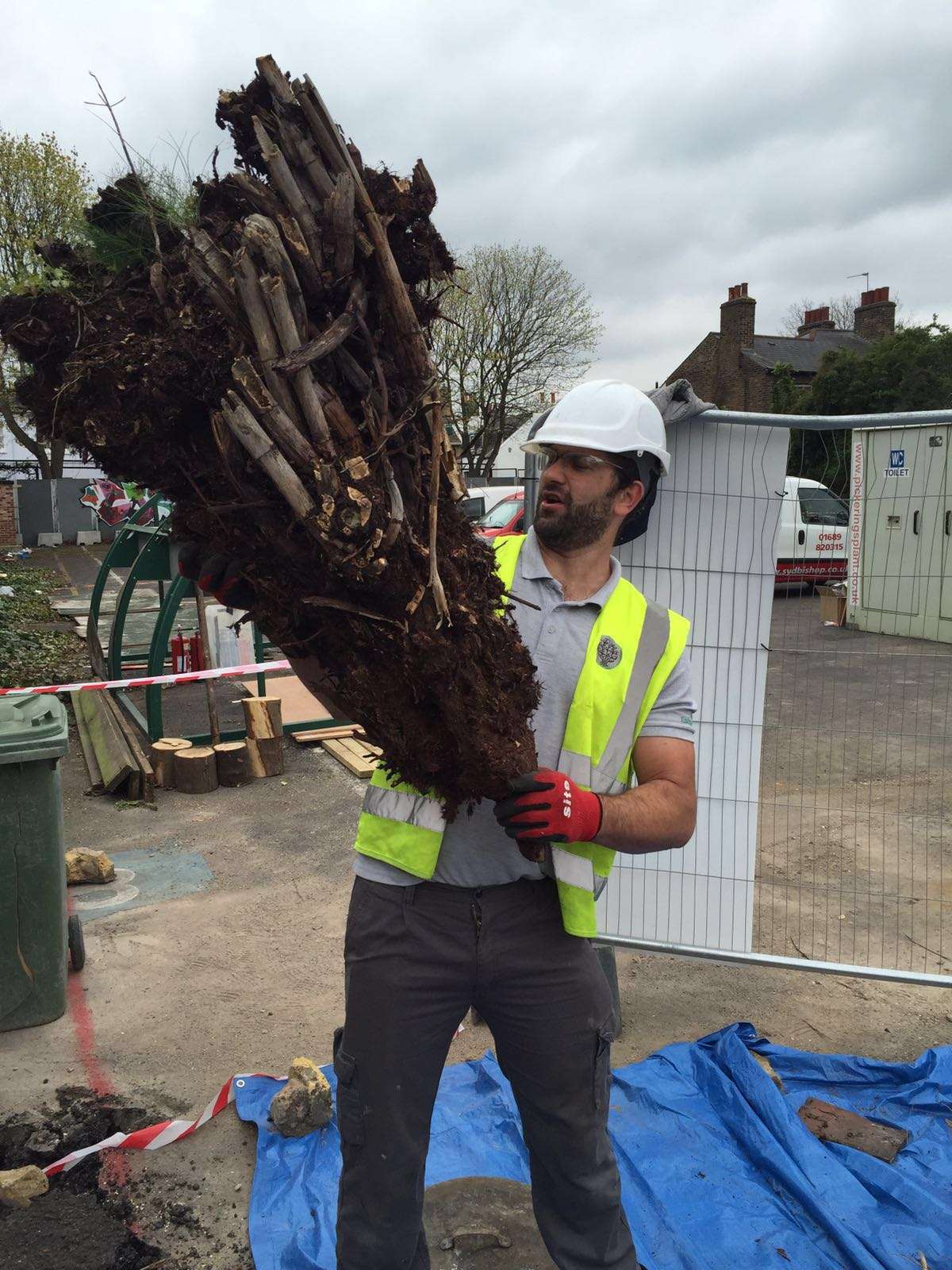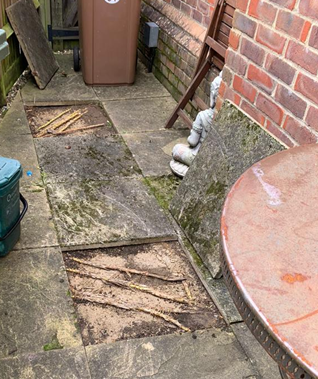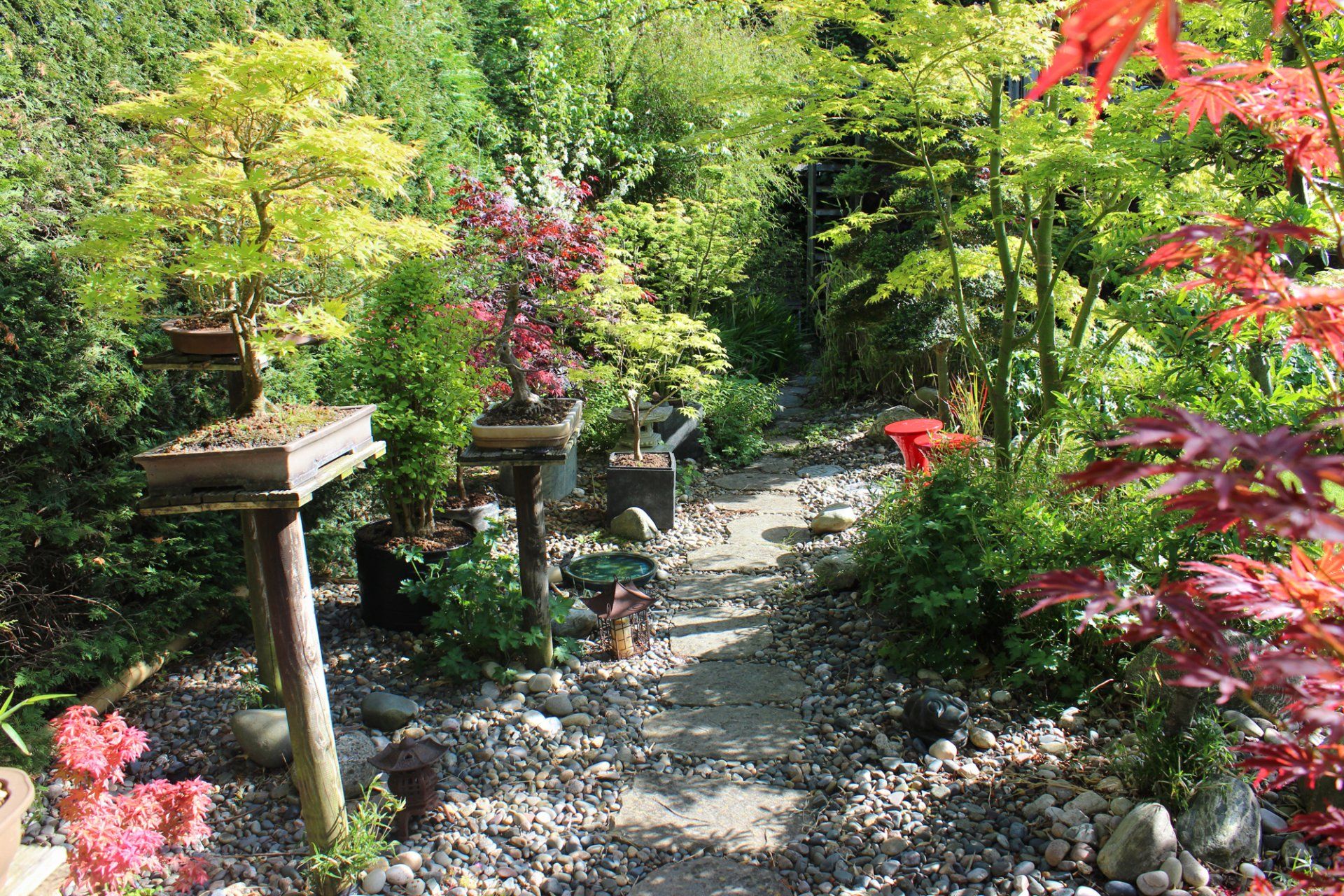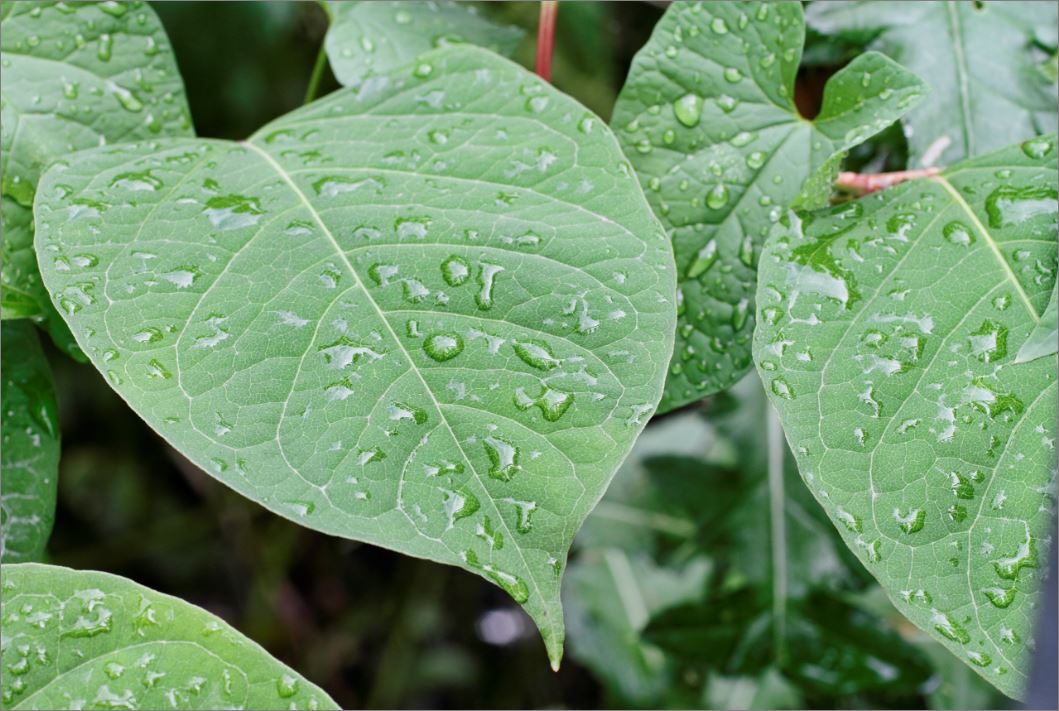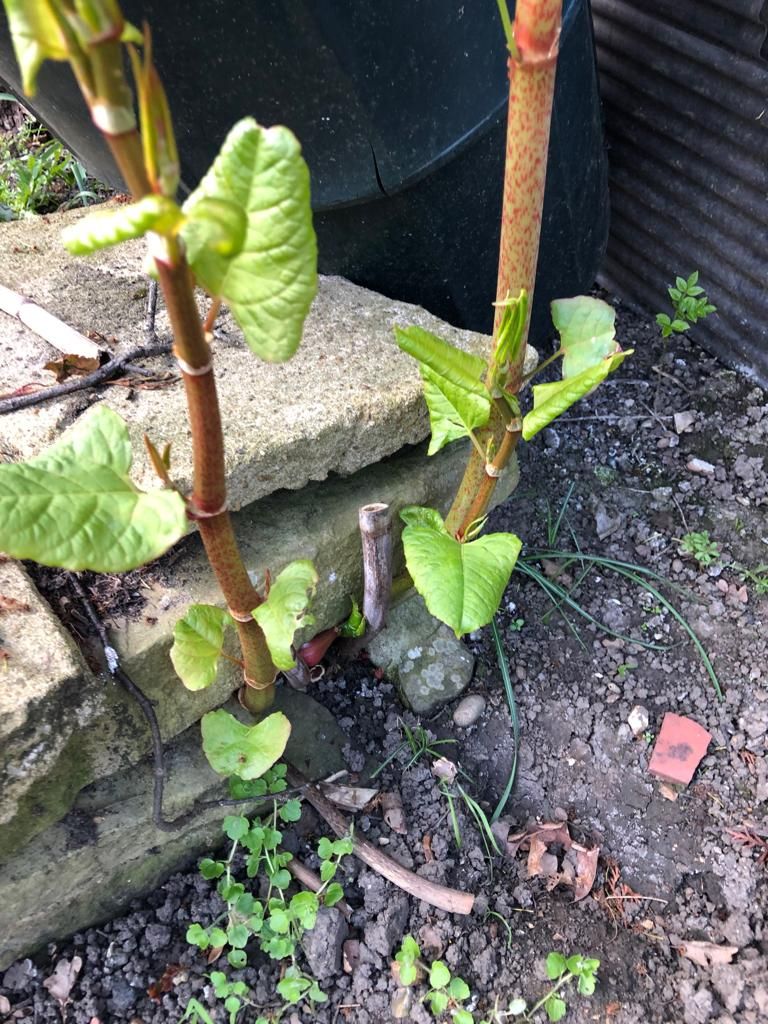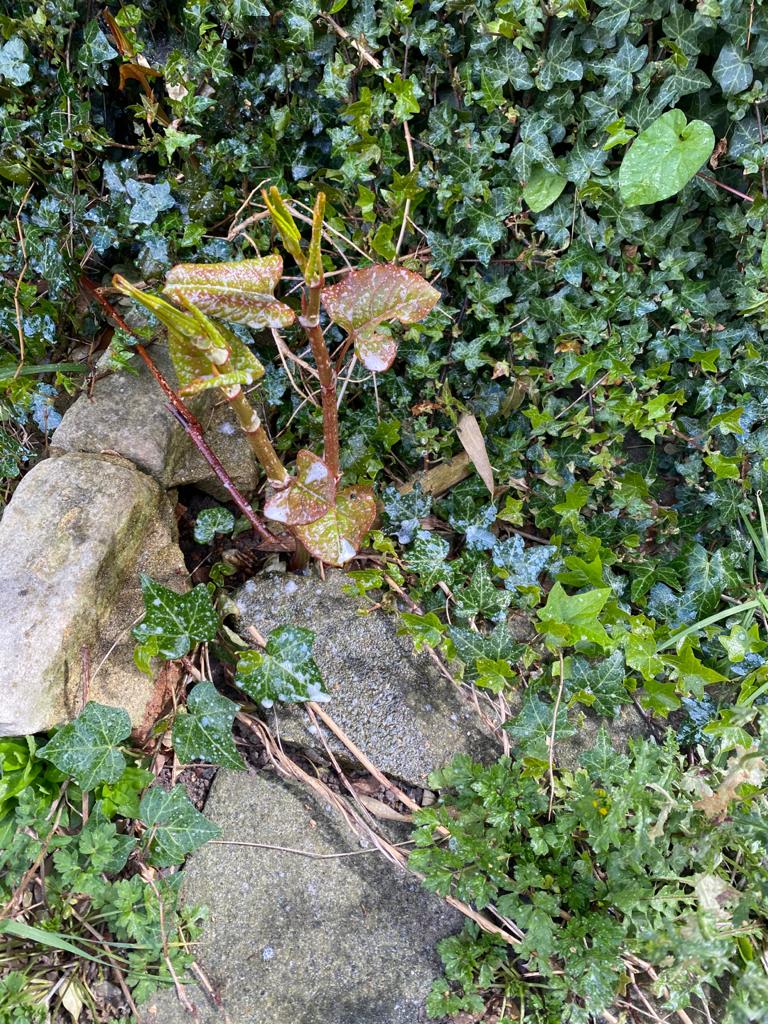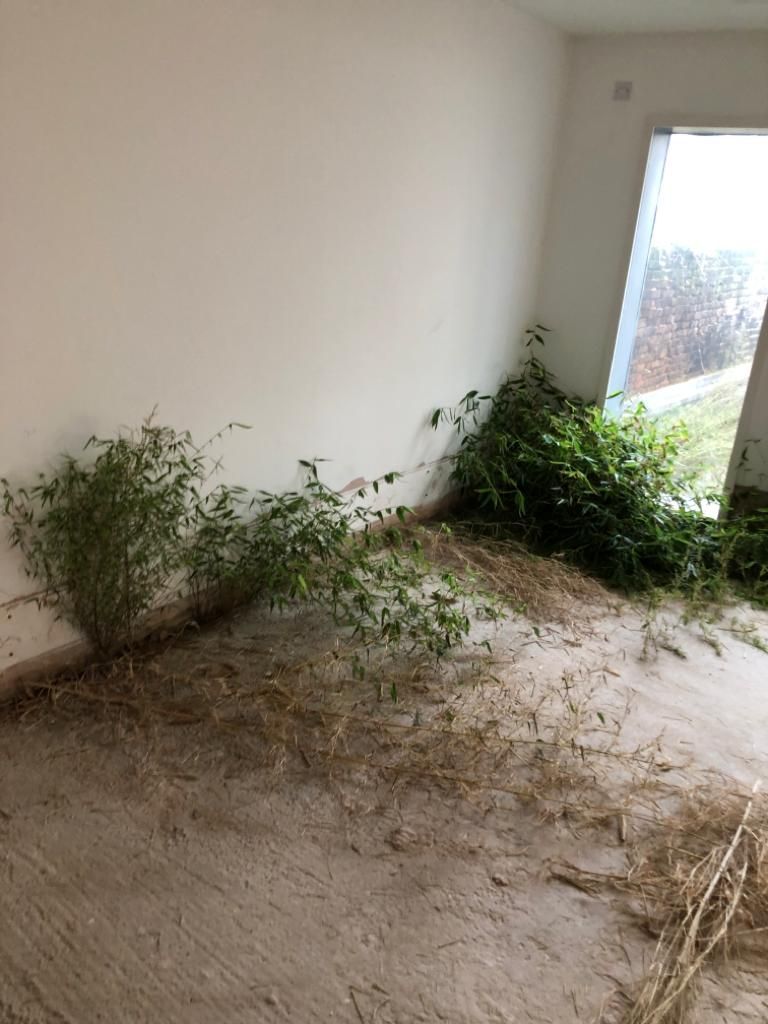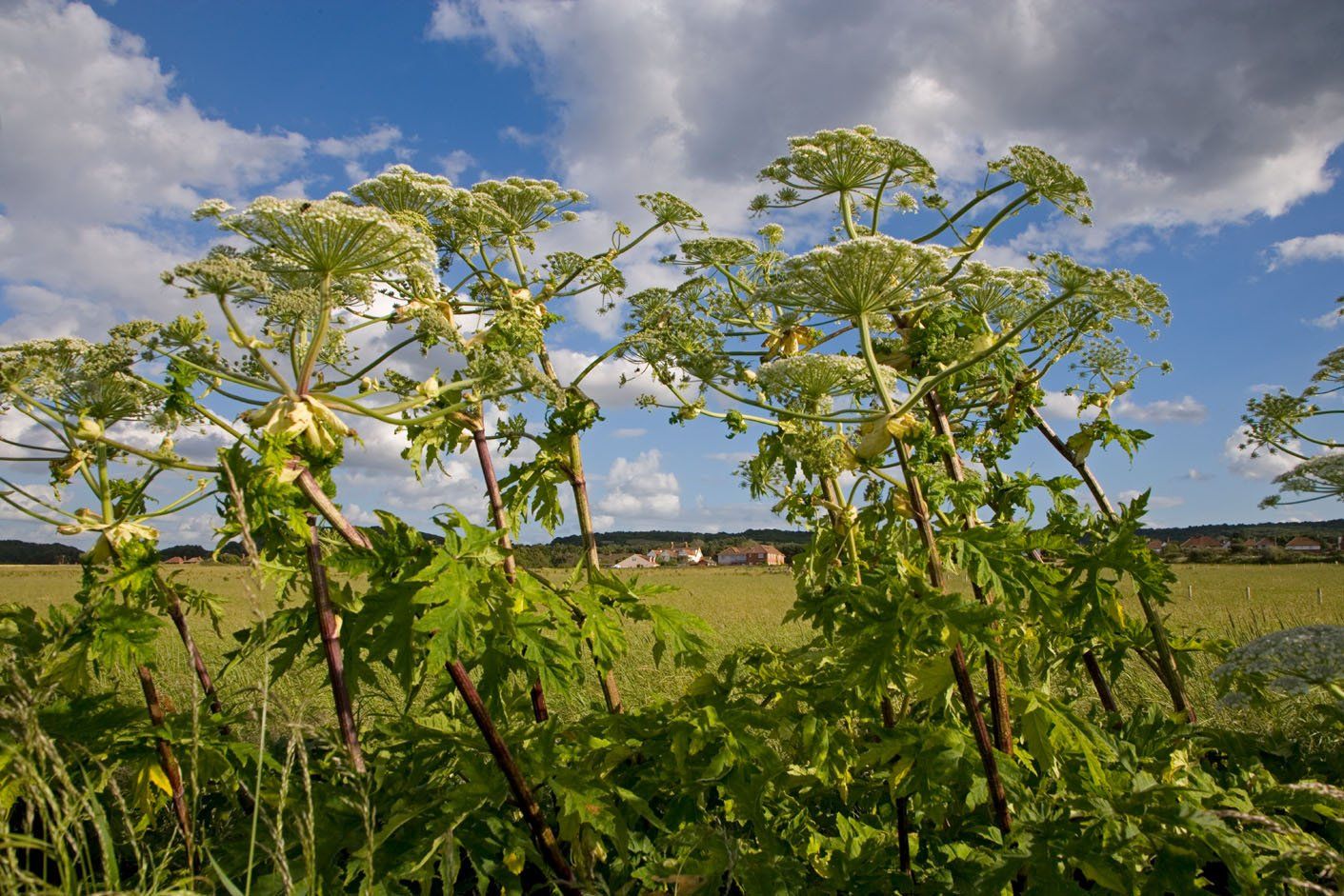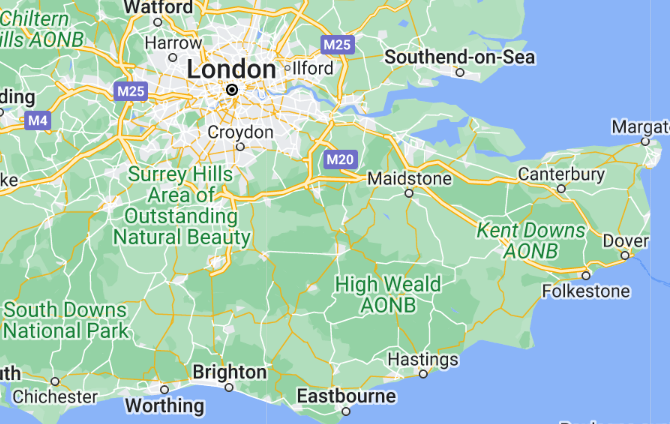Signs That You Require Knotweed Removal
Japanese knotweed is one of the most prevalent and invasive types of weed in the UK. Full knotweed eradication is difficult and knotweed control can take many years, often requiring the help of a specialist professional weed killer like us here at Gaia Environmental.
This guide outlines how to identify Japanese knotweed, why it’s such an issue, how it affects the garden and how it can be eradicated and contained.
How to Identify Japanese Knotweed
Japanese knotweed, or Fallopia Japonica, is a type of weed that spreads very quickly. It was originally brought to the UK as a Japanese ornamental plant for display in the early nineteenth century but it quickly spread.
Stem: The stem usually resembles bamboo and is green with lots of purple flecks. They can also be identified because they’re usually hollow and they turn brown and rather brittle in the winter, able to snap with little force.
Roots: Roots normally grow about 2 metres deep and 7 metres horizontally, forming an extensive network, making effective knotweed removal much more difficult. The rhizomes have a dark brown outer and bright orange inside colour.
Leaf Shape: Leaves can be identified by their heart or shovel shapes that can reach 15cm in diameter. They’ve usually green through the spring and summer and turn yellow in late summer and autumn before dying in the winter.
Leaf Pattern: Japanese knotweed plants can also be identified from how the leaves are laid out along the stem. Usually, they’re in an ‘alternating’ pattern in that they grow on separate nodes along the stem in two directions. This forms a neat overlapping pattern compared to opposite leaf patterns where two leaves grow from the same node - a subtle but important differentiation.
Flowering: The creamy-white flower bunches of the Japanese knotweed, made up of very small individual flora, show up toward the end of August and in September. The individual clusters will grow to be 5mm wide and up to 10cm long.
Top Tip: Removing weeds from gardens can be confusing as many species look alike. Japanese knotweed is often confused with Russian Vine and Himalayan Honeysuckle plants, so make sure you compare before you attempt to identify the weeds in question. Russian Vine has narrower, arrow-like leaves and Himalayan Honeysuckle have opposite rather than alternating leaves, which are narrower in shape too. Plus, Japanese knotweed has much smaller but more spaced out flowering.
How is Japanese Knotweed Dangerous?
Japanese knotweed is dangerous because it’s so effective at overwhelming its neighbours. Not only does it spread rapidly but it also has a broad reach, able to spread its leaves over surrounding plants to soak up the most sunlight. This is added to its extensive root structure. Roots grow over a metre long and they’re extremely persistent. They’re good at resisting physical and chemical knotweed removal which is part of the reason you’ll need professional knotweed control and knotweed eradication services to get the job done correctly.
Schedule 9 of the Wildlife and Countryside Act 1981 made it illegal to propagate the growth of Japanese knotweed by fly tipping or poor management in the garden. The Environmental Protection Act 1990 classified it as ‘controlled waste’, making it illegal to put Knotweed in compost and council-run garden bins. It’s even got to the point where insurance companies refuse to insure some properties because of the presence of knotweed, viewing it as too much of a risk.
Japanese Knotweed and Your Garden
Whilst it isn’t illegal to have Japanese knotweed growing in your garden, it’s illegal to let this overgrow and affect any neighbouring properties. Therefore, it’s important to be aware of any signs that you have Japanese knotweed growing in your garden because it could’ve started invading your neighbours’ properties and you might not even know it!
The first thing to note is that Japanese knotweed usually first appears in the Spring - around April or May - and then dies off temporarily in September. It’s crucial to act quickly at the earliest time possible in the season as it’ll quickly grow thicker, denser, and more spread out. This makes killing Japanese knotweed more difficult further down the road. If the Japanese knotweed has sprouted with cream-white flowering then this is a strong sign that it has a well-established root system, making it more challenging to undertake effective knotweed removal or eradication.
Importantly, Japanese knotweed will easily grow from pieces of roots as little as 0.7g. You could have the whole 3x7m root system removed but if a piece of these roots as small as a grape is left behind, you might as well have done nothing!
Top Tip: For the most effective regeneration of your garden, ensure that native plants are installed as soon as the Knotweed is removed, letting them establish over the winter period.
Knotweed Control Methods: Knotweed Removal and Containment
When it comes to knotweed control, it isn’t as simple as just digging up or spraying the roots. Japanese knotweed is characteristically resilient and persistent and there’s a difference between removal and killing and containment. The most effective solutions usually use a combination of the two methods and it’s best to seek professional help from professional weed killers, like us here at Gaia Environmental.
Knotweed Removal Methods
These various methods aim to completely get rid of the Knotweed issue.
Manual Removal (Digging): A specialist will oversee the excavation of knotweed-infested soil which is then taken to a registered landfill site. This is a good solution for instances where a small amount of knotweed has been identified and needs removing quickly but it’s an expensive choice due to landfill taxes. Instead, some people opt to burn the knotweed but this is more dangerous and leaves the possibility that some rhizome is missed.
Manual Removal (Stripping): Another method is to strip the knotweeds’ leaves repeatedly throughout the summer, stopping photosynthesis from taking place. However, this will need to be done weekly and it’ll take a few years in total for meaningful changes to be achieved.
Herbicidal Removal: One of the most effective ways to remove Japanese knotweed is to use a herbicide treatment before the peak of summer. After isolating the target area and removing any plants you want to keep, a spray or injection gun is used which will transfer the solution through the rhizome system. This will make the plant die back over the next year.
Herbicidal Removal (Painting): Some methods choose to paint the leaves with herbicides which both stops photosynthesis and ensures that the herbicide is transferred throughout the rhizomes which helps with removing weeds from gardens.
Knotweed Containment Methods
The most effective Knotweed control plans will use a combination of removal and containment to make sure the problem doesn’t persist in the future.
Root Barriers: Root barriers are essentially vertical walls or barriers that are inserted into the ground to encourage roots to avoid extending into particular areas. Horizontal barriers may be used to avoid damage to surfaces like driveways, pavements and tarmac, all of which are susceptible to Japanese knotweed.
Onsite Burial: With this method, knotweed-infested soil is surrounded by a membrane to stop it from spreading any further. Whilst cheap and non-invasive, this relies on the strength of the membrane and is more a way to buy time than to tackle the problem on a long-term basis.
Why It’s Important to Act Fast
As has been covered, Japanese knotweed is extremely invasive and spreads very quickly. Not only this, but it’s notoriously difficult to get rid of. In addition to these factors, Japanese knotweed is destructive to surrounding vegetation as it deliberately steals light and water from rival species. This means your garden could quickly deteriorate just because you didn’t act quickly enough when you realised you had Japanese knotweed.
Plus, since 2013 homeowners looking to sell their properties are required to declare the presence of Japanese knotweed and where there is knotweed present, must provide a management plan for knotweed eradication. This means it could potentially be difficult to sell your house, or its value could be reduced, just by failing to address Japanese knotweed quickly enough.
Here at Gaia Environmental, our expert teams are used to Japanese knotweed control. We’re highly trained and very well experienced, offering a range of bespoke solutions for our clients on a case-by-case basis. If you have any further questions about Japanese knotweed or require a professional weed killer then don’t hesitate to get in touch with us by calling 01634 924315 today!


